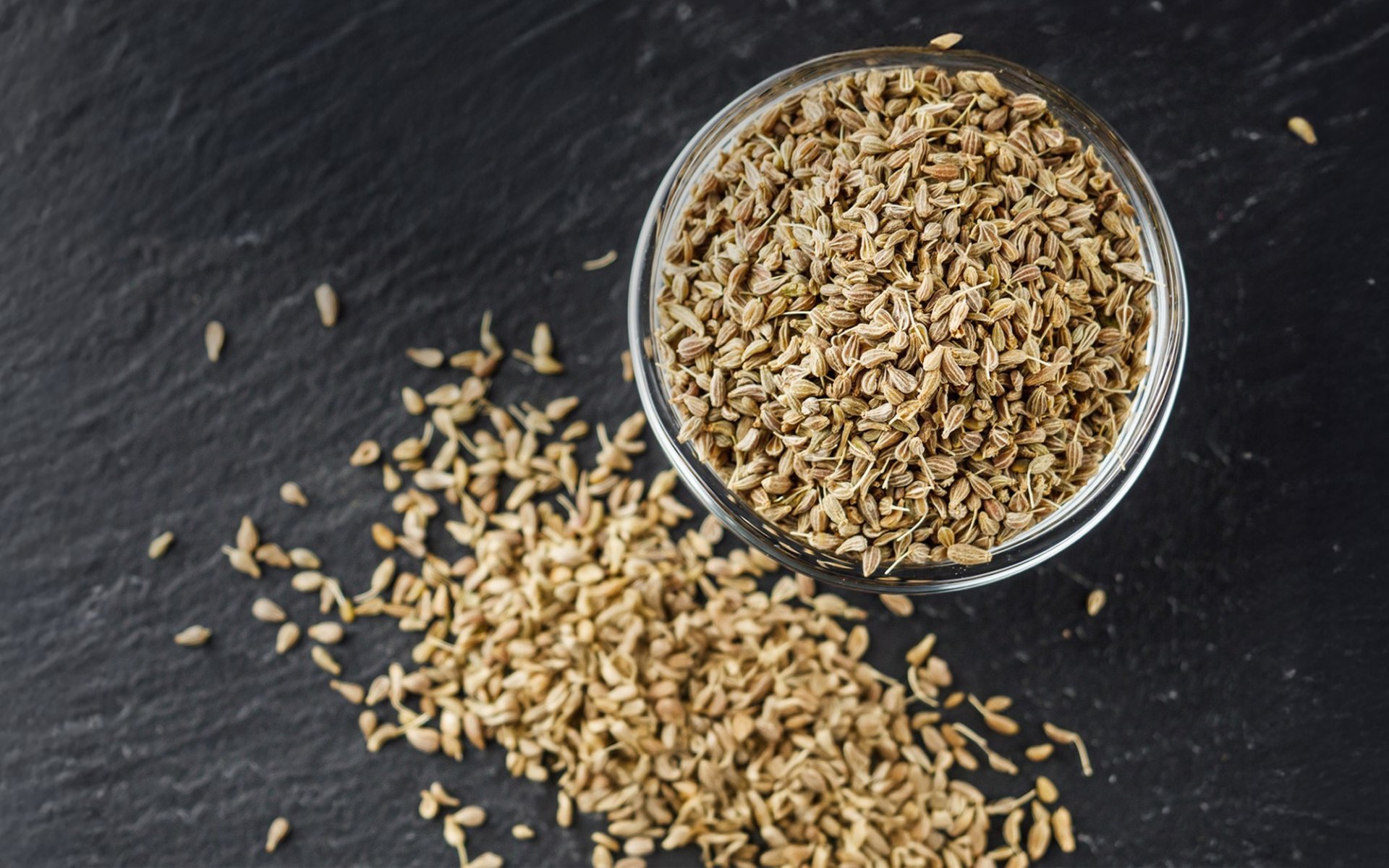Anise Seed

If you've ever savored a dish or beverage with a distinct, licorice-like aroma, it might be due to the presence of Anise Seed. This small, greenish-brown, egg-shaped spice, scientifically known as Pimpinella anisum, is more than just a flavor enhancer; it's a spice with a long history and diverse benefits. Today, Rimping Supermarket invites you to delve into the story of Anise Seed.
Ancient Origins: From the Middle East to Global Recognition
The history of Anise Seed dates back to ancient civilizations approximately 4,000 years ago in the Middle East. Ancient Egyptians, Greeks, and Romans were among the first to cultivate Anise Seed for widespread use in both food and beverages.
Several prominent historical figures acknowledged the benefits of Anise Seed. Hippocrates, the father of Greek medicine, recommended its use for digestive issues and respiratory problems. Similarly, Pliny the Elder, a renowned Roman writer, suggested Anise Seed as a remedy for bloating.
Anise Seed in Europe : When Spice Became Part of Culture
As the Roman Empire expanded, Anise Seed was introduced to Europe, where its use became widespread. It was incorporated into various culinary applications, baked goods, traditional medicine, and numerous alcoholic beverages characterized by their distinctive anise flavor, such as Absinthe, Sambuca, Anisette, Pernod, and Pastis.
Journey to Asia : Medicinal and Cosmetic Benefits
As trade routes expanded, Anise Seed gained popularity in Asia, particularly in India and China. It was commonly used in various curries, baked goods, and desserts. Furthermore, it found applications as a flavoring agent in foods and beverages, in soaps and perfumes, and to mask unpleasant odors in medicines.
In Asian countries, Anise Seed has also been widely used in traditional medicine for a variety of therapeutic purposes, including treating inflammatory skin conditions, joint pain, asthma, and bronchitis. It is also believed that a mixture of Anise Seed and lard can help treat insect bites and skin irritations.
To the New World and Global Cultivation
During the Age of Exploration, Anise Seed made its way to the New World. Spanish and Portuguese explorers introduced Anise Seed to the Americas, where it quickly gained popularity. Today, Anise Seed is cultivated in many regions worldwide, including Spain, Italy, Turkey, Egypt, and Mexico, making it an easily accessible and widely recognized spice.
Important Distinction : Anise Seed vs. Star Anise
It's crucial to note that Anise Seed comes from a different plant species than Star Anise, even though they share a similar licorice-like flavor. Anise Seed originates from the Middle East and Europe, whereas Star Anise, which is more commonly used in many Asian cuisines (including Thai), originates from Vietnam and China. This distinction highlights their different physical characteristics and geographical origins.
With its unique aroma and versatile benefits, Anise Seed is an intriguing spice to have in your kitchen for creating delicious dishes and promoting well-being.
You can find Anise Seed at all Rimping Supermarket branches!


